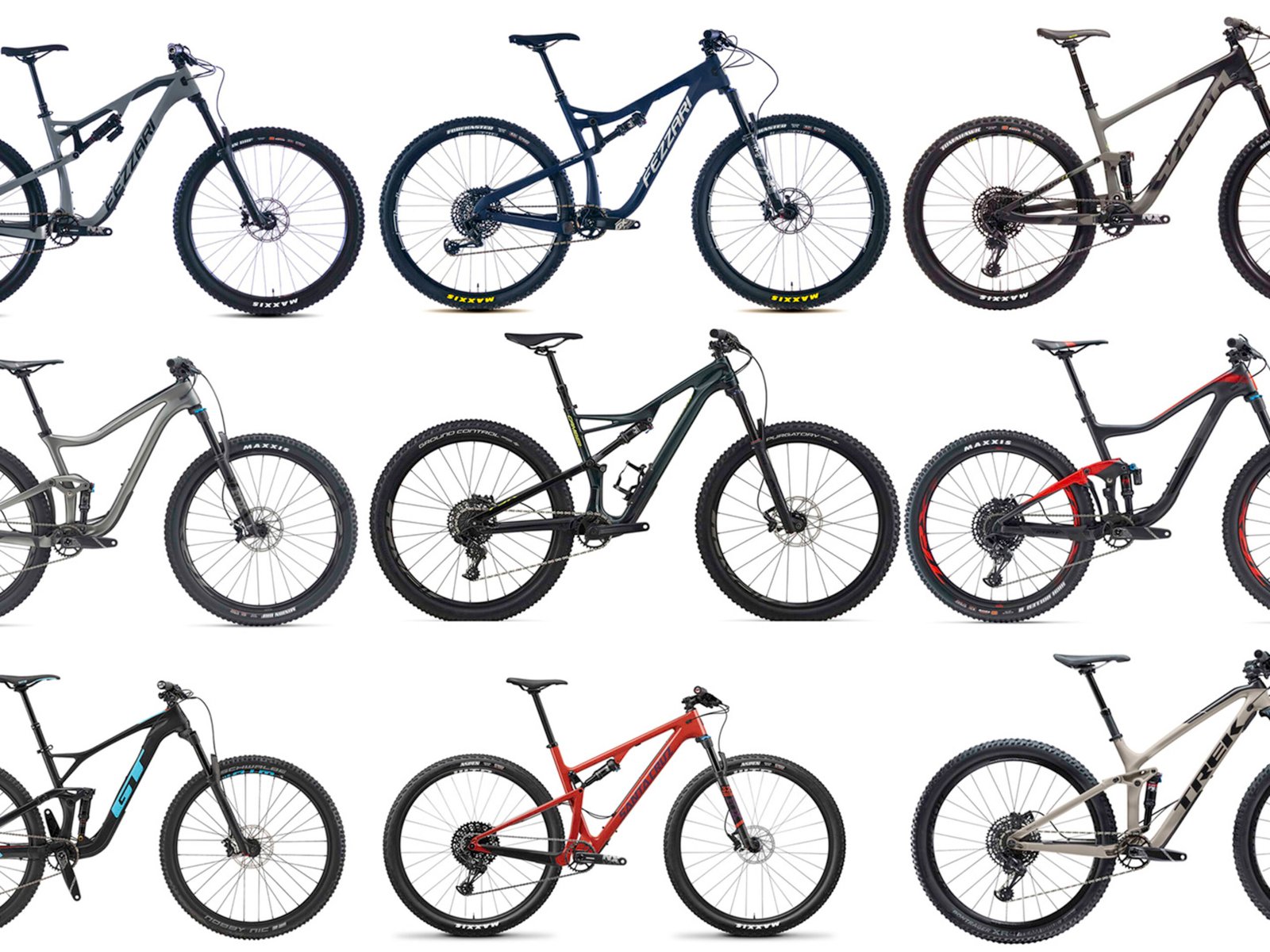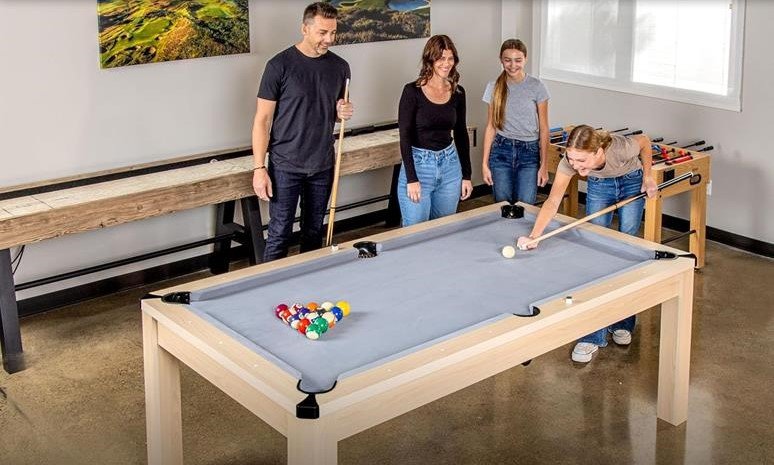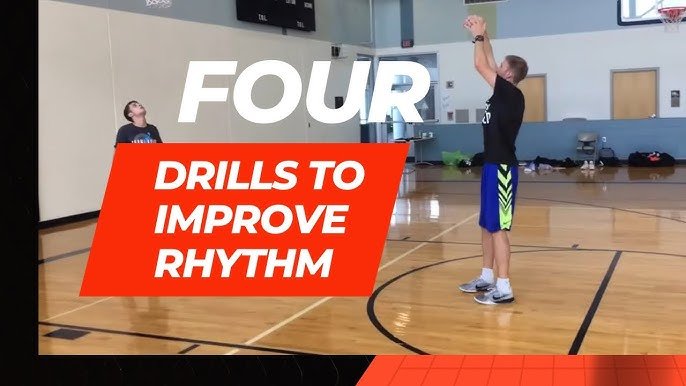Are you considering buying a mountain bike but feel overwhelmed by the options? You’re not alone.
With so many types of mountain bikes available, choosing the right one can be confusing. But don’t worry. Understanding the different types of mountain bikes is the first step towards making an informed decision that suits your riding style. Whether you’re looking to tackle rocky trails, enjoy a leisurely ride through forest paths, or feel the thrill of racing downhill, there’s a perfect mountain bike waiting for you.
We’ll break down the various types of mountain bikes, so you can find the one that meets your needs and elevates your biking adventures. Ready to discover your perfect ride? Let’s dive in!

Cross Country Bikes
Cross country bikes are built for riders who want speed and endurance on trails. They are popular for long rides and races.
These bikes focus on efficiency and light weight. They help riders cover different terrains with ease.
Design Features
Cross country bikes have specific parts that make them fast and efficient. They usually have a hardtail or short travel suspension.
- Lightweight frame for easy climbing
- Narrow tires for less rolling resistance
- Flat or riser handlebars for control
- Suspension travel between 80mm and 120mm
- Efficient gearing for varied speeds
Ideal Terrain
These bikes work best on smooth to moderately rough trails. They are great for trails with climbs and long rides.
| Terrain Type | Suitability |
| Gravel paths | Excellent |
| Hardpacked dirt trails | Very good |
| Rocky trails | Moderate |
| Technical downhill sections | Less suitable |
| Paved roads | Good |
Pros And Cons
Cross country bikes have clear benefits and some limits. They fit riders who want speed and distance.
- Pros:Lightweight, efficient, good for climbs and speed
- Cons:Less comfort on rough trails, limited suspension
- Pros:Easier to pedal long distances
- Cons:Not ideal for very rough or technical terrain
Trail Bikes
Trail bikes are a popular choice for riders who want to explore varied terrain. They balance climbing efficiency and downhill control well.
These bikes work great on singletrack paths, forest trails, and moderate mountain routes. They offer comfort and performance for many riders.
Frame And Suspension
Trail bike frames are usually made from aluminum or carbon fiber. They offer strength while keeping the weight low.
The suspension on trail bikes typically has 120 to 150 mm of travel. This helps absorb bumps and rough terrain.
- Front suspension (fork) is common to smooth out impacts.
- Full suspension models have rear shock absorbers for extra comfort.
- Suspension tuning balances climbing and descending abilities.
Versatility
| Feature | Trail Bikes | Other Mountain Bikes |
| Weight | Moderate | Light to Heavy |
| Suspension Travel | 120-150 mm | Short to Long |
| Best Terrain | Mixed Trails | Specific Terrain Types |
| Climbing Ability | Good | Varies |
| Descending Control | Good | Varies |
Who Should Choose Trail Bikes
Trail bikes suit riders who want one bike for many conditions. They fit those who enjoy long rides on mixed terrain.
- Casual mountain bikers who ride different trail types
- Riders who want comfort without losing speed
- People new to mountain biking wanting a balanced bike
- Experienced riders looking for an all-round bike
Enduro Bikes
Enduro bikes are built for tough mountain trails. They balance climbing and downhill riding well.
This type of bike suits riders who want to ride fast down and still climb efficiently.
Durability And Strength
Enduro bikes use strong frames and parts. They handle rough trails and big impacts.
- Frames made from aluminum or carbon fiber
- Reinforced suspension systems
- Wide, grippy tires for better control
- Strong brakes for safety on steep descents
Downhill And Climbing Capabilities
These bikes have long travel suspension to smooth out big drops. They also climb well with efficient pedaling.
| Feature | Effect |
| Suspension travel (140-170mm) | Absorbs shocks on rough terrain |
| Geometry | Balanced for stability and agility |
| Gear range | Helps with steep climbs and fast descents |
| Brakes | Powerful and reliable for control |
Popular Enduro Models
Many brands make popular enduro bikes. These models are known for their performance and reliability.
- Specialized Enduro
- Santa Cruz Nomad
- Giant Reign
- Trek Slash
- Cannondale Jekyll
Downhill Bikes
Downhill bikes are built for fast rides on steep, rough trails. They are strong and heavy to handle big drops and jumps.
These bikes help riders go down mountain slopes safely and with control. They are different from other mountain bikes.
Suspension And Geometry
Downhill bikes have long suspension travel, usually between 7 to 10 inches. This helps absorb big shocks from rocks and drops.
The frame geometry is designed for stability. The bike has a slack head angle and a low bottom bracket. This keeps the rider balanced at high speeds.
- Long suspension travel for rough terrain
- Slack head angle for stability
- Low bottom bracket for better balance
Speed And Control
Downhill bikes are made for speed on steep trails. They have strong brakes and wide tires for good grip.
The bike’s design helps riders control fast descents and sharp turns safely. This makes it easier to handle rough paths.
- Powerful brakes for quick stopping
- Wide tires for better traction
- Stable frame for handling speed
Best Use Cases
Downhill bikes are best for steep and rocky trails. They work well in bike parks with jumps and drops.
These bikes are not good for climbing hills or long rides. They are made mainly for going down fast and rough paths.
- Steep mountain trails
- Bike parks with jumps and drops
- Rough and rocky downhill paths
Fat Bikes
Fat bikes are a special type of mountain bike. They have very wide tires that help riders on soft or rough ground.
These bikes are great for people who want to ride on snow, sand, or muddy trails. They give more balance and control.
Wide Tires And Traction
Fat bikes use wide tires that are usually 3.8 inches or wider. These big tires spread the rider’s weight over a larger area.
This design helps the bike grip the ground better. It stops the tires from sinking into soft surfaces like snow or sand.
- Wide tires increase contact with the ground
- Better grip helps avoid slipping
- Low air pressure in tires improves traction
Terrain Adaptability
Fat bikes work well on many types of terrain. Riders can use them on trails with loose dirt, rocks, or snow.
The wide tires and strong frames make it easier to ride on rough and uneven ground. This gives more freedom to explore different places.
- Soft trails like sand or mud
- Snow-covered paths
- Rocky and uneven surfaces
Seasonal Riding Benefits
Fat bikes are popular for winter riding. Their wide tires work well on snow and ice to keep riders steady.
They also help in summer on sandy beaches or muddy trails. This makes fat bikes useful all year round.
- Good traction on snowy and icy roads
- Can ride on wet or muddy trails
- Versatile for different weather conditions

Electric Mountain Bikes
Electric mountain bikes, or e-MTBs, have a motor to help riders pedal. They make climbing hills easier and let riders go farther. These bikes mix the fun of mountain biking with electric power.
Understanding their parts helps you choose the right bike. Key features include the motor type, battery life, and their advantages and limits.
Motor Types
Electric mountain bikes use different motors to support the rider. The main types are hub motors and mid-drive motors. Each works differently and fits different riding styles.
- Hub Motors:Located in the wheel hub, they provide direct power. They are usually quieter and cheaper.
- Mid-Drive Motors:Positioned near the pedals, they use the bike’s gears for better performance on hills and rough paths.
Battery Life
Battery life is important for how long an e-MTB can run before recharging. It depends on battery size, motor power, and riding conditions.
| Battery Capacity | Range (Miles) |
| 300 Wh | 15-25 |
| 500 Wh | 30-50 |
| 700 Wh | 50-70 |
Advantages And Limitations
Electric mountain bikes have clear benefits but also some limits. Knowing both helps you decide if an e-MTB fits your needs.
- Advantages:Easier hill climbs, longer rides, less fatigue, and faster speeds.
- Limitations:Heavier weight, higher cost, battery charging needs, and more bike maintenance.
Freeride Bikes
Freeride bikes are a type of mountain bike made for fun and control. They are built to handle jumps and rough trails.
These bikes are strong and tough. They help riders perform tricks and stunts on different terrains.
Build And Strength
Freeride bikes have strong frames made of aluminum or carbon. This keeps them light and tough.
The suspension is usually heavy-duty to absorb big impacts. This helps riders stay in control on rough land.
- Strong, durable frame material
- Heavy-duty suspension system
- Wide, grippy tires for control
- Reinforced wheels for jumps
Jumping And Stunt Capabilities
These bikes are made for jumps and tricks. They handle high drops and big landings well.
Freeride bikes offer good balance and control. This helps riders perform stunts safely on steep or rocky paths.
- Strong brakes for quick stops
- Good suspension for smooth landings
- Durable frame to handle impacts
- Designed for easy maneuvering in air
Suitable Riders
Freeride bikes fit riders who like adventure and challenges. They are good for people who enjoy tricks and jumps.
These bikes work well for riders with some experience. Beginners may find them hard to control at first.
- Experienced mountain bikers
- Riders who enjoy jumps and tricks
- People who ride on rough trails
- Those who want a strong, tough bike
Choosing The Right Bike
Mountain bikes come in many types. Each type fits different trails and riding styles.
Picking the right mountain bike helps you enjoy riding and stay safe on the trails.
Assessing Riding Style
Your riding style decides the bike you need. Some bikes suit smooth paths, others rough trails.
Think about where you will ride most and how fast or rough your rides will be.
- Cross-country bikes are light and fast for smooth trails.
- Trail bikes offer a good mix for varied terrain.
- Enduro bikes handle steep and rough paths well.
- Downhill bikes are strong for steep, fast descents.
Budget Considerations
Mountain bikes come in many price ranges. Set a budget before you start looking.
Remember to include costs for extra gear like helmets, gloves, and tools.
- Entry-level bikes cost less but may have fewer features.
- Mid-range bikes balance price and performance.
- High-end bikes have advanced parts and lighter frames.
Test Riding Tips
Test riding helps you feel how the bike rides and fits your body.
Check comfort, control, and how the bike handles turns and bumps.
- Wear your usual riding gear during the test ride.
- Try the bike on different surfaces if possible.
- Listen for strange noises or feel for loose parts.
- Ask about the bike’s warranty and service options.

Frequently Asked Questions
What Are The Main Types Of Mountain Bikes?
The main types include cross-country, trail, all-mountain, downhill, and fat bikes. Each type suits different terrains and riding styles.
How Do Cross-country And Trail Bikes Differ?
Cross-country bikes are lightweight and fast, ideal for smooth trails. Trail bikes offer more suspension and durability for varied terrain.
What Makes Downhill Mountain Bikes Unique?
Downhill bikes have heavy-duty frames and suspension for steep, rough descents. They prioritize control and stability at high speeds.
Are Fat Bikes Good For All Terrains?
Yes, fat bikes have wide tires that provide extra grip on snow, sand, and mud. They excel in soft, unstable surfaces.
Conclusion
Mountain bikes come in many types, each made for different rides. Some bikes suit smooth trails, while others handle rough paths. Choosing the right bike helps you enjoy your time outdoors. Think about where you want to ride most. This guide helps you know your options better.
Now, pick a bike that fits your style and needs. Ride safe and have fun exploring new trails!


